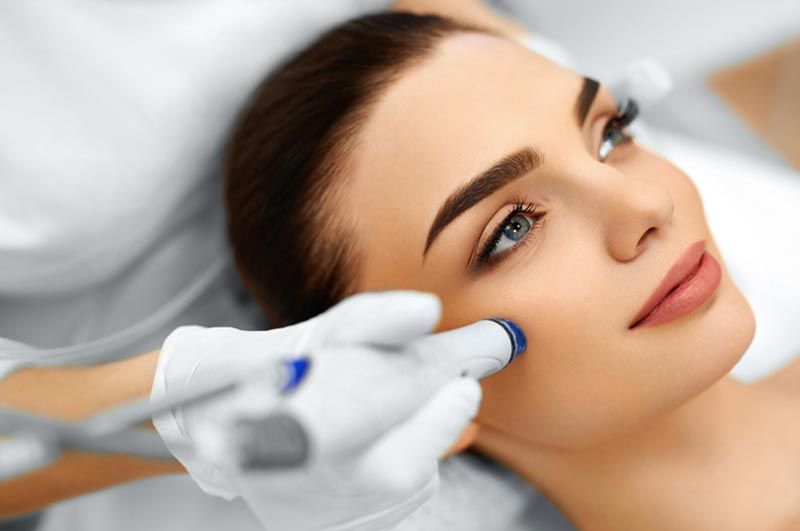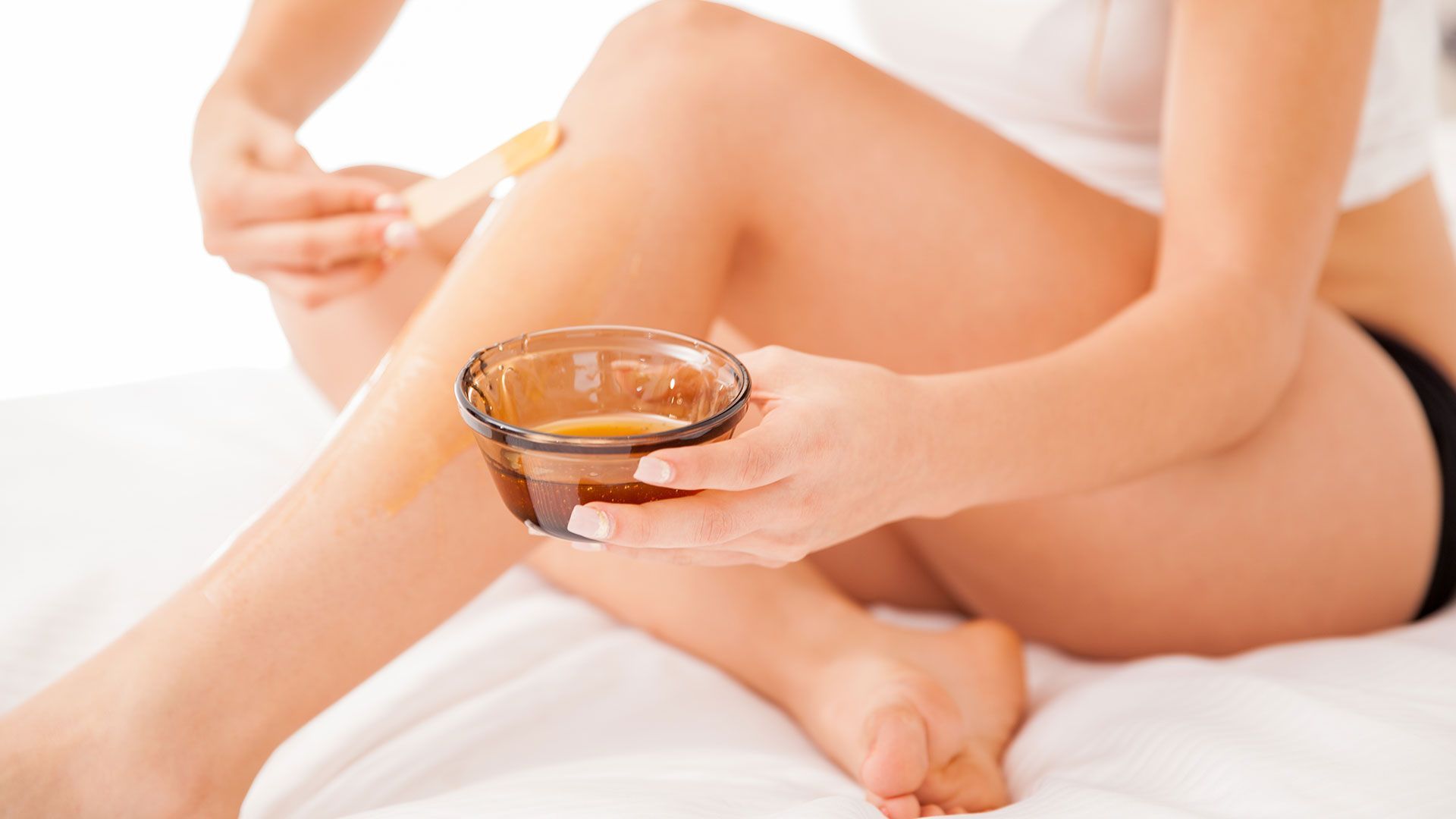Transform Your Skin: 5 Powerful Brightening and Pigmentation Treatments for Radiant Results
Brightening and Pigmentation Treatments That Work
If you're looking to brighten your skin or reduce dark spots, you’re not alone. Many people want clear and glowing skin. This article explains effective brightening and pigmentation treatments. You will learn about your options and how to choose what works best for you.
Key Takeaways
- Brightening treatments can help lighten skin and reduce dark spots.
- Many options are available, including creams, peels, and facials.
- Consulting with a professional can help you find the right treatment for your skin type.
- The right sun protection is important to maintain results.
For additional information on maintaining healthy skin, consider exploring our guides on skincare routines.
Understanding Skin Pigmentation
Skin pigmentation refers to how dark or light your skin is. This is due to a pigment called melanin. Some people have more melanin, which can lead to darker skin. Others may have less melanin and have lighter skin.
Sometimes, skin can become uneven due to sun exposure, aging, or skin conditions. This can cause dark spots or patches. These are common concerns for many people living in sunny places like San Francisco.
Table 1: Common Causes of Skin Pigmentation
| Cause | Description | Treatment Options |
|---|---|---|
| Sun Exposure | UV rays stimulate melanin production. | Brightening creams, Sunscreen |
| Aging | Natural decrease in skin cell turnover. | Chemical peels, Microdermabrasion |
| Hormonal Changes | Hormonal fluctuations can trigger pigmentation. | Professional facials, Laser treatments |
| Skin Conditions | Conditions like melasma can cause uneven tone. | Targeted treatments, Natural remedies |
Why Brightening Treatments Matter
Brightening treatments can help even out skin tone. They can reduce the appearance of dark spots and make your skin look more vibrant. Many people wish for a fresh, youthful glow. These treatments can provide that, boosting confidence.
Types of Brightening Treatments
Here are some popular treatments you might consider:
1. Brightening Creams
Brightening creams are easy to use at home. They often contain ingredients like hydroquinone, kojic acid, or vitamin C. These ingredients can lighten dark spots and improve overall skin tone.
When using these creams, apply them twice daily for the best results. Always follow the instructions on the product label.
2. Chemical Peels
Chemical peels use acids to exfoliate the skin. They help remove the top layer of dead skin cells. This can reveal brighter skin underneath.
There are different strengths of chemical peels. Some are mild and can be done at home, while others require professional help. Discuss your options with an esthetician to determine the best choice for your skin type.
3. Microdermabrasion
Microdermabrasion is a treatment that removes dead skin cells. It uses tiny crystals to gently polish the skin. This process helps improve skin texture and tone.
You may need several sessions to see the best results. This treatment is effective for reducing fine lines and dark spots.
4. Facials
Facials can improve your skin's brightness. They often include cleansing, exfoliation, and masks. Many spas, like Skin & Body Care by Morgana in San Francisco, offer specialized brightening facials.
During a facial, an esthetician assesses your skin. Then they can customize the treatment to fit your needs.
5. Laser Treatments
Laser treatments use light to target dark spots. This method can be effective but may require recovery time. Always speak with a professional to understand the risks and benefits.
6. Natural Remedies
Some people prefer natural treatments. Ingredients like aloe vera, green tea, and licorice extract may help brighten the skin. While these may take longer to show results, they can be gentle on the skin.
Additional Benefits of Brightening Treatments
- Improved skin texture and tone.
- Enhanced confidence and self-esteem.
- Reduction in the appearance of fine lines and wrinkles.
- Overall healthier skin appearance.
With so many options, how do you choose the right one? Here are some tips:
1. Know Your Skin Type
Different skin types react differently to treatments. Oily skin, dry skin, and sensitive skin may need different products. Knowing your skin type is the first step in choosing effective treatments.
2. Consult a Professional
Talking with an esthetician or dermatologist can be helpful. They can assess your skin and recommend the best treatments. This can save you time and money by avoiding products that won’t work for you.
3. Consider Your Budget
Some treatments can be pricey. Brightening creams and natural remedies are usually more affordable. Professional treatments like laser therapy may require a larger investment. Consider what fits your budget.
4. Be Patient
Many treatments take time to show results. Consistency is key. Follow your treatment routine and give it a few weeks. If you don’t see improvement, consult a professional for advice.
Importance of Sun Protection
After any brightening treatment, protecting your skin from the sun is crucial. Sun exposure can darken spots and undo the effects of treatment. Always use sunscreen with at least SPF 30, especially in sunny cities like San Francisco.
Tips for Effective Sun Protection
- Apply sunscreen every day, even when it’s cloudy.
- Reapply every two hours if you are outdoors.
- Wear hats or sunglasses for extra protection.
Special Considerations for Different Skin Tones
Understanding how different treatments affect various skin tones can be important. For example, some brightening agents may work better on lighter skin than darker skin.
1. Light Skin
People with lighter skin tones may find that brightening creams work well. They can help fade spots and even out skin tone. Always patch-test new products to ensure no irritation occurs.
2. Dark Skin
For darker skin tones, some treatments can cause damage or pigmentation changes. This is why it's vital to consult with a professional. They can guide you to safe and effective options.
Table 2: Brightening Ingredients and Their Effects
| Ingredient | Effect on Skin | Best For |
|---|---|---|
| Hydroquinone | Lightens dark spots | Oily and normal skin |
| Kojic Acid | Reduces melanin production | All skin types |
| Vitamin C | Brightens and evens skin tone | Sensitive skin |
| Licorice Extract | Soothes and brightens skin | All skin types |
Common Questions About Brightening Treatments
How long do results last?
Results can vary. Some treatments offer long-lasting results, while others may need maintenance. Consult your esthetician for advice on how to keep your skin bright.
Are there side effects?
Some treatments can cause side effects like redness or peeling. It’s essential to follow aftercare instructions. If side effects persist, contact your skincare professional.
Can I combine treatments?
Yes, some treatments can be combined for better results. However, you should always consult with a professional before trying this. They can help you create a safe and effective routine.
Your Next Steps
Starting your journey toward brighter skin can be exciting. Here are the steps to consider:
1. Schedule a Consultation
Find a local spa, like Skin & Body Care by Morgana, and book a consultation. They can help assess your skin and recommend the best treatments.
2. Try Recommended Products
Follow the recommendations and try any suggested products. Be consistent with your routine.
3. Protect Your Skin
Use sunscreen daily to protect your investment in your skin.
4. Monitor Your Progress
Keep track of changes in your skin. If you notice improvements, keep going. If not, revisit your professional for further guidance.
Before concluding, it’s worth noting that regular maintenance treatments can help sustain your skin's brightness over time. Consider incorporating periodic facials or treatments into your routine.
Conclusion
Brightening and pigmentation treatments can help you achieve the skin you desire. Remember to understand your skin type, choose the right products, and consult professionals when needed. With time and care, you can enjoy bright, even skin.
Finding the right treatment can make a significant difference. You deserve to feel confident in your skin. So, start your journey today and enjoy the glow!
This article provided insights into brightening and pigmentation treatments. If you have questions or want to book an appointment, feel free to reach out!
Contact us today at Skin & Body Care by Morgana to learn more about your options. We are here to help you achieve your skincare goals!



Phone
(415) 261-5399
Mon, Wed, Thu & Fri: 9:00am to 5:30pm | Tue: 10am to 5pm | Sat: 10am to 3pm | Sun: Closed




